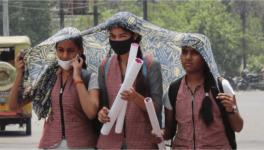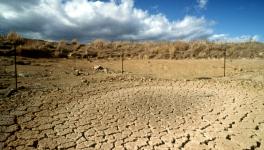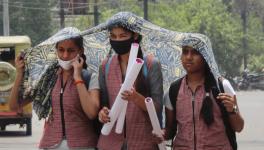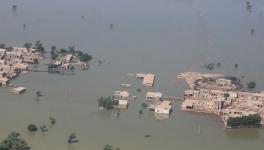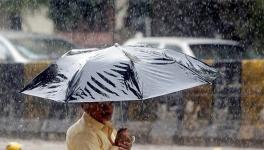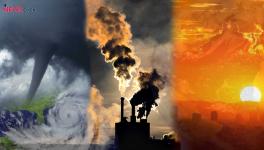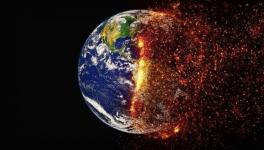Australia’s Wildfires of 2019 Could Have Fueled the Rare Triple Dip La Nina, Study Suggests
New Delhi: The region circumscribed by the tropical Pacific Ocean is at a distance of thousands of kilometres from Australia. But distance may not matter as far as climatic conditions are concerned, meaning events happening somewhere can impact the climatic conditions developing at a faraway place. Scientists have recently reported such a phenomenon.
We haven’t forgotten the terrible wildfires that engulfed Australia in 2019-2020, killing thousands of animals, destroying forests and structures and killing dozens of humans. The fires were voluminous, and such was their intensity that they emanated plumes of smoke which could even be seen from space. A recent study published in Science Advances on May 10 suggests that the Australian bushfires may have severely impacted the climate. It says that the smoke contributed to the formation of a rare phenomenon—the triple dip La Nina spanning 2020-2023.
A periodic climatic condition depends on the water temperature in the central and eastern tropical Pacific oceans. The surface water of a large area of the tropical Pacific moves in cycles between cool and warm by about 1 degree Celsius to 3 degree Celsius compared to expected. This alternating cool and warm pattern is known as the El Nino Southern Oscillation (ENSO), which impacts the weather conditions of tropical areas worldwide. The ENSO cycle consists of La Nina and El Nino— the cooler phase is La Nina, while the warmer phase is El Nino. ‘Triple dip’ La Nina means continuing this cooler effect for consecutively three years. Usually, La Ninas exist for one or two years in a row.
The latest results hint that fires and other events occurring at a massive scale have much more impact on the climate than we think. The ENSO cycle impacts weather worldwide—bringing floods and rains to some parts of the globe during droughts and heat to others.
John Fasullo, a climate scientist at the National Centre for Atmospheric Research (NCAR) and the lead author of the Science Advances study, along with his co-authors, used NCAR’s climate model. With the help of climate models, the team of researchers simulated the atmospheric conditions that prevailed globally during 2019-2021. In one set of simulations, the researchers considered smoke in a general way. While at the second set of simulations, they incorporated the specific satellite data of smoke emanating from Australia’s devastating fires.
It is worth mentioning at this point what is known from previous studies. Gaseous plumes from eruptions of volcanoes could produce conditions like that of La Nina, where sunlight was reflected into space, thereby cooling the Earth. Volcanic eruptions can stay longer and float higher in the atmosphere than wildfire plumes. The new study shows that even wide-scale wildfires can have similar climate effects.
The simulations, where the researchers used the satellite data of Australia’s fires to simulate global atmospheric conditions, revealed that the smoke may have led to La Nina conditions. The smoke particles led water vapours to condense and thus creating long-lasting clouds in the southern hemisphere. According to the researchers, these clouds reflected sunlight into space, thus cooling the air.
The cooler air had other impacts, according to the researchers. The air pushed the location of the Intertropical Convergence Zone (ITCZ). The ITCZ is the rain zone usually around the equator where easterly winds of the northern and the southern hemispheres collide. The cooler air pushed ITCZ northward, intensifying the easterly winds above the tropics. Again, these winds pushed warmer surface water westward. All these helped La Nina to sustain itself for a more extended period.
However, experts in the domain have concerns about the study and its conclusions. Commenting on it, Michelle L’Heureux, a climate scientist, said in an article about the research published in Science: "Testing multiple models would help verify the findings, especially ones used for real-time forecasting.” She further said in the same statement—“it’s also difficult to disentangle the effect of the wildfires from the influence of a separate unexplained trend that has been nudging the tropical Pacific toward La Nina conditions since the 1970s. We may be seeing two factors here, and we still need to understand how much [of each] drives what.”
Other experts opine that the results are generated from a model; hence, the question remains how well the model represents real-world situations. Moreover, no model can be claimed to be a perfect one.
Get the latest reports & analysis with people's perspective on Protests, movements & deep analytical videos, discussions of the current affairs in your Telegram app. Subscribe to NewsClick's Telegram channel & get Real-Time updates on stories, as they get published on our website.










